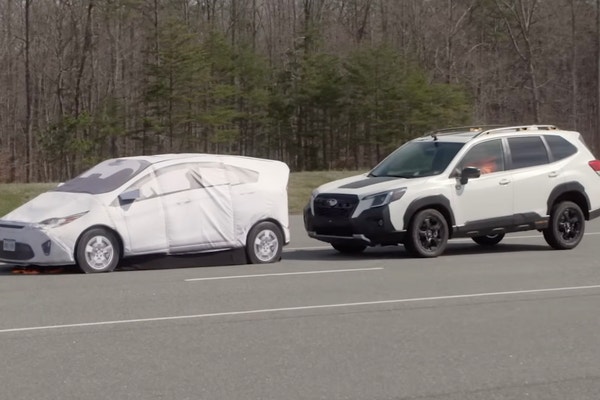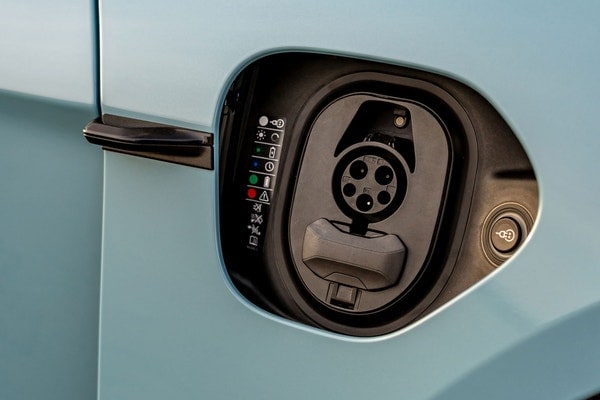Used 2019 Hyundai Elantra Sport Sedan Review
Consumer reviews
There are no consumer reviews for the 2019 Hyundai Elantra Sport Sedan.
Edmunds Summary Review of the 2019 Hyundai Elantra Sport Sedan
What’s new
- Refreshed for 2019
- New exterior appearance
- More standard technology features and new infotainment system
- Active safety features standard on more trim levels
- Part of the sixth Elantra generation introduced for 2017
Pros & Cons
- Pro:Offers broad range of technology and safety features
- Pro:Comfortable ride
- Pro:Quiet cabin with simple, intuitive controls
- Pro:Offers one of the best warranties in its segment
- Con:Lackluster performance from base 2.0-liter engine
- Con:Seven-speed dual-clutch automatic can be clunky at low speeds
- Con:Rear end feels skittish over broken pavement
- Con:Back seat is smaller than some rivals
Which Elantra does Edmunds recommend?
This year, we think the Value Edition is the trim to get for the Elantra. Last year we picked the SEL. It's still a good deal, but for about $1,000 more, the Value Edition adds items such as a sunroof, heated seats, dual-zone auto climate control and even rear cupholders. It's worth the stretch.
Full Edmunds Review: 2019 Hyundai Elantra Sedan
Driving
6.0In most cases, the Elantra is adequate but far from impressive. With only 147 horsepower, it's at a power disadvantage for the class, and it shows in the slow acceleration. Handling is also lackluster, and the Elantra can get unsettled when driving on imperfect road surfaces.
Comfort
6.0The Elantra isn't uncomfortable, but it falls well short of the benchmark set by the competition. In many ways, it has maintained its position, but rivals from Mazda and Honda have made significant improvements.
Interior
6.5Not a lot has changed inside with the 2019 refresh, which isn't such a bad thing for the Elantra. It remains straightforward and easy to use, though it's not visually exciting and the materials are only about average for the class.
Utility
7.5The Elantra isn't class-leading if you're looking at specs alone, but its smart use of space gives it an edge in real-world usability. There's more than enough space for your stuff, whether in the trunk or in the cabin. Child seat space isn't abundant, but few vehicles in the class are much better.
Technology
7.5In the top Limited trim with the optional Ultimate package, the Elantra meets expectations for a contemporary sedan in this class in regard to infotainment technology. It may not be impressive in its presentation, but the ease of use and tuning more than make up for any missing wow factor. As for active safety tech, the majority of trims are well-stocked with standard equipment.
Jump to:Related 2019 Elantra articles
Edmunds Insurance Estimator
The Edmunds TCO® estimated monthly insurance payment for a 2019 Hyundai Elantra in Ohio is:
$55.58 per month*Legal



